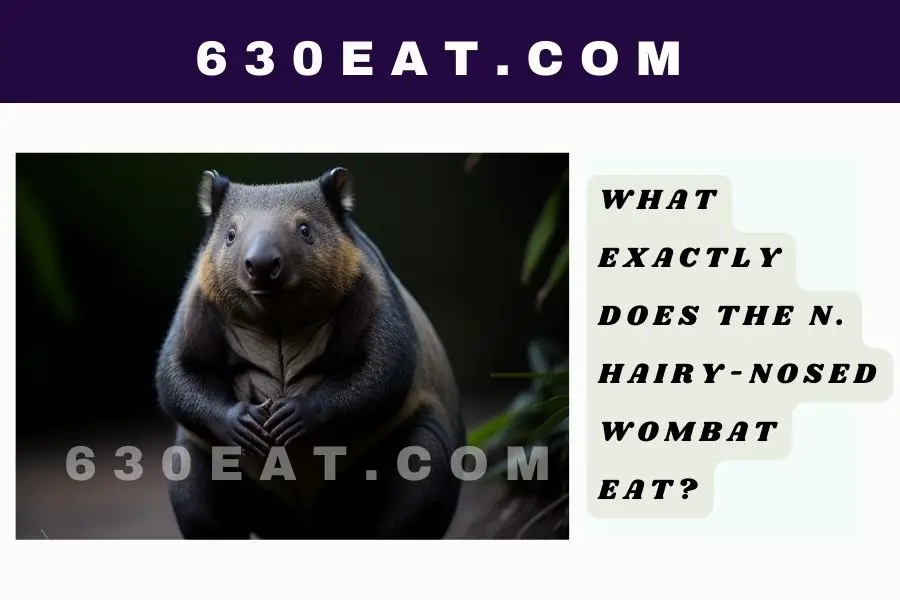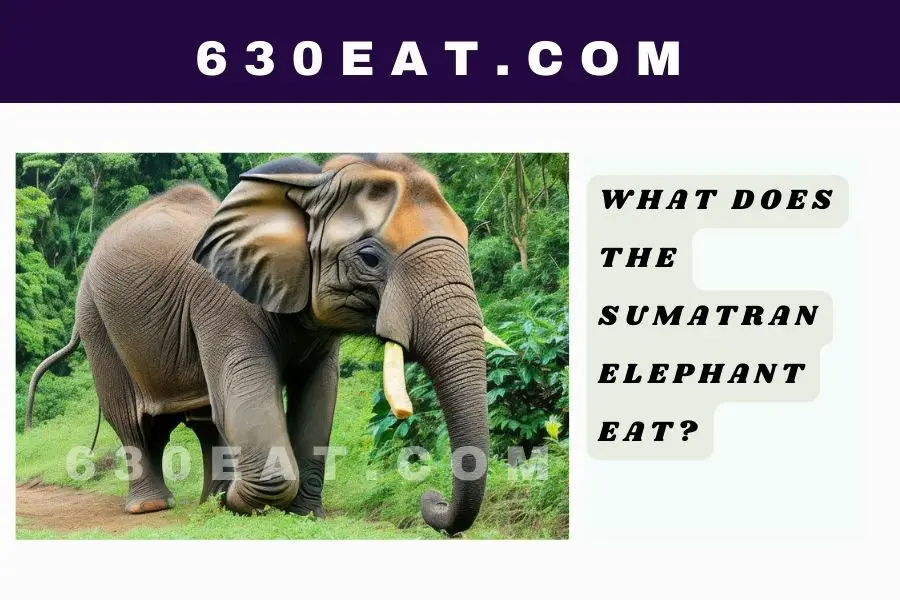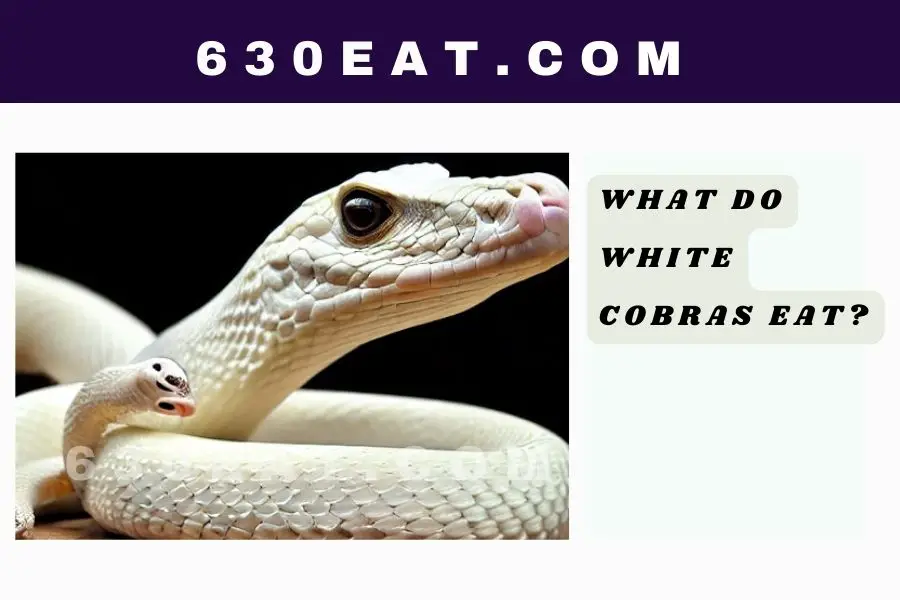Have you ever seen a northern hairy-nosed wombat? Maybe you’ve read about them in your favorite animal book or heard stories from friends. There’s something both mysterious and enchanting about these unique creatures that can be found across Australia, and many of us have wondered about their diet.
Today, we’re shattering that curiosity by uncovering what the northern hairy-nosed wombat really eats and why it’s so important to their survival. Along the journey, we explore the unique features of this Aussie icon, its lifecycle, and even get to the bottom of whether wombats are carnivores or not! So carve out a few minutes and join me in exploring the delicious diet of Australia’s Northern Hairy-Nosed Wombat.
Overview of the Northern Hairy-Nosed Wombat
The northern hairy-nosed wombat (Lasiorhinus krefftii) is a critically endangered species found only in Australia. It is one of only three species of wombats in the world and the only one of its kind on the continent. It is nocturnal, but will sun itself on winter mornings and afternoons to warm itself up.
Northern hairy-nosed wombats have a lifespan of at least 28 years, although very few have ever been seen living that long due to the species’ precarious status. In fact, it is listed among the top 10 most endangered mammal species in the world. These adorable creatures have recently become a conservation success story, with the population increasing steadily due to conservation efforts.
So what exactly do northern hairy-nosed wombats eat? The answer might surprise you – these omnivorous animals dine on grasses, herbs, seedpods and roots as their primary sustenance, although they occasionally supplement their diet with insect larvae or even small animals.
What Does the N. Hairy-Nosed Wombat Eat?
The Northern Hairy-nosed Wombat is a grass eater, meaning their diet consists solely of native and introduced grasses. Their favorites are spear grass, tussock grass, and poa grass. They feed during the night, meaning they avoid the heat of the day and make use of cooler temperatures.
The Northern Hairy-nosed Wombat also appear to consume a large quantity of more coarse material such as sticks and roots. As part of their diet, they have been known to consume small amounts of insects, fungi and sometimes even small amounts of underground fungi. However, this is not essential for their survival; wombats primarily feed on grasses.
Interestingly enough, though the Northern Hairy-Nosed Wombat is classified as a herbivore, its digestive system has evolved to be more like that of a carnivore – possessing four stomachs rather than the three that are typical for herbivores. This adaptation allows them to better digest the tough vegetation they feed on which gives them better access to nutrients found in plants that other grazing animals may miss out on.
The Southern Hair-Nosed Wombat
The southern hairy-nosed wombat (Lasiorhinus latifrons) is a species of wombat native to the deserts of central and southern Australia. The southern hairy-nosed wombat is considerably smaller than its northern cousin, weighing around 30lbs and living for up to 18 years.
Like its northern counterpart, this species of wombat enjoys a diverse diet consisting mainly of grasses, herbs, roots, shrubs, barks, mosses and tubers. Breeding season begins in September and continues until December. During this period, females will give birth to a single offspring after a five-month gestation period.
The Southern Hairy-Nosed Wombat is a nocturnal species; on the hottest days it will stay in its burrow during the day, sleeping until the sun sets and temperatures cool down. The species lives in colonies ranging from 2 to 25 individuals that inhabit semi-arid areas of South Australia and southern parts of Western Australia.
Is the N. Hairy-Nosed Wombat a Carnivore?
Contrary to popular belief, N. Hairy-Nosed Wombats are not carnivores and do not eat meat. They are, in fact, strict herbivores that subsist on a diet consisting almost entirely of native grasses, herbs, roots, shrubs, barks, mosses, and tubers. Eating these plants gives them the energy they need to dig their complex burrows and survive in the wild.
While N. Hairy-Nosed Wombats have large incisors and sharp claws that give them a carnivorous appearance, these features allow them to defend themselves against predators and tear up vegetation instead of hunting for prey. They also burp up cud pellets when they are digesting their food, which is common among herbivores but not carnivores.
The diet of the N. Hairy-Nosed Wombat is quite varied as they take advantage of any available vegetation that is beneficial for their nutritional needs. This makes their diet highly dependent on the environment and changing seasons!
What Is the Northern Hairy-Nosed Wombat’s Place in the Food Chain?
The Northern Hairy-Nosed Wombat’s primary diet consists of native grasses. As these are some of the most abundant food sources in Australia, the N. Hairy-Nosed Wombat may often need to compete with other native species for food.
In addition to foraging for grass, the N. Hairy-Nosed Wombat will occasionally feed on insects such as beetles, ants, and termites. They may also occasionally be hunted by dingoes or other apex predators.
When considering the place of the N. Hairy-Nosed Wombat in the food chain, it is important to note that these animals are at the very bottom of the pyramid; they are preyed upon by other species and their main diet consists of plant material from their habitat. Therefore, preserving their environment is essential for their long-term survival and continued existence in Australia’s ecosystems.
The Impact of Climate Change on Wombats’ Diet
The effects of climate change are felt even in the wombat world. As the climate warms, drought conditions have become more frequent, and plants are toughening up due to lack of water. This means that the northern hairy-nosed wombat, who feeds on plants such as grasses and other foliage, is having to turn to other sources of nutrients in order to survive.
Studies have shown that wombats are now turning to animal matter for sustenance, such as insect larvae, birds eggs and even small reptiles. While this may not seem like a big change for the wombats, it signals that their diets are shifting dramatically due to the changing climate conditions. This has worrying implications for the wombat population and its ability to thrive in an ever-drying environment.
The only way to ensure that we can remain an unlikely champion of this beloved marsupial is by taking action against climate change and protecting its natural habitat.
FAQs
As one of the world’s unique species, the Northern Hairy-Nosed Wombat (Lasiorhinus krefftii) often draws in curious questions about its diet and lifestyle.
The Northern Hairy-Nosed Wombat is one of two wombat species and feeds solely on native and introduced grasses. These animals graze for up to 8 hours a night, obtaining much of their hydration from the dew found on the leaves they eat. To protect itself from predators, the Northern Hairy-Nosed Wombat has a cartilage plate at the end of its burrow to block predators from entering.
To answer some common questions about these unique creatures:
- The scientific name for the Northern Hairy-Nosed Wombat is Lasiorhinus krefftii.
- These marsupials are herbivores and do not eat any meat.
- The Southern Hairy-Nosed Wombat (Lasiorhinus latifrons), is a herbivore relative to its northern cousin but lives in cooler, dryer climates than its northern counterpart.
Conclusion
Ultimately, the Northern Hairy-Nosed Wombat is a fascinating species, and it’s important to understand its diet and other aspects of its life cycle in order to effectively protect it and ensure its survival. It’s an herbivore that typically eats a variety of plants, including grasses and shrubs, as well as a few insects.
To make sure its population continues to thrive, it’s important to protect its habitat and make sure it has the resources it needs to survive. Conservation efforts are key to preserving this unique species and its habitats.




